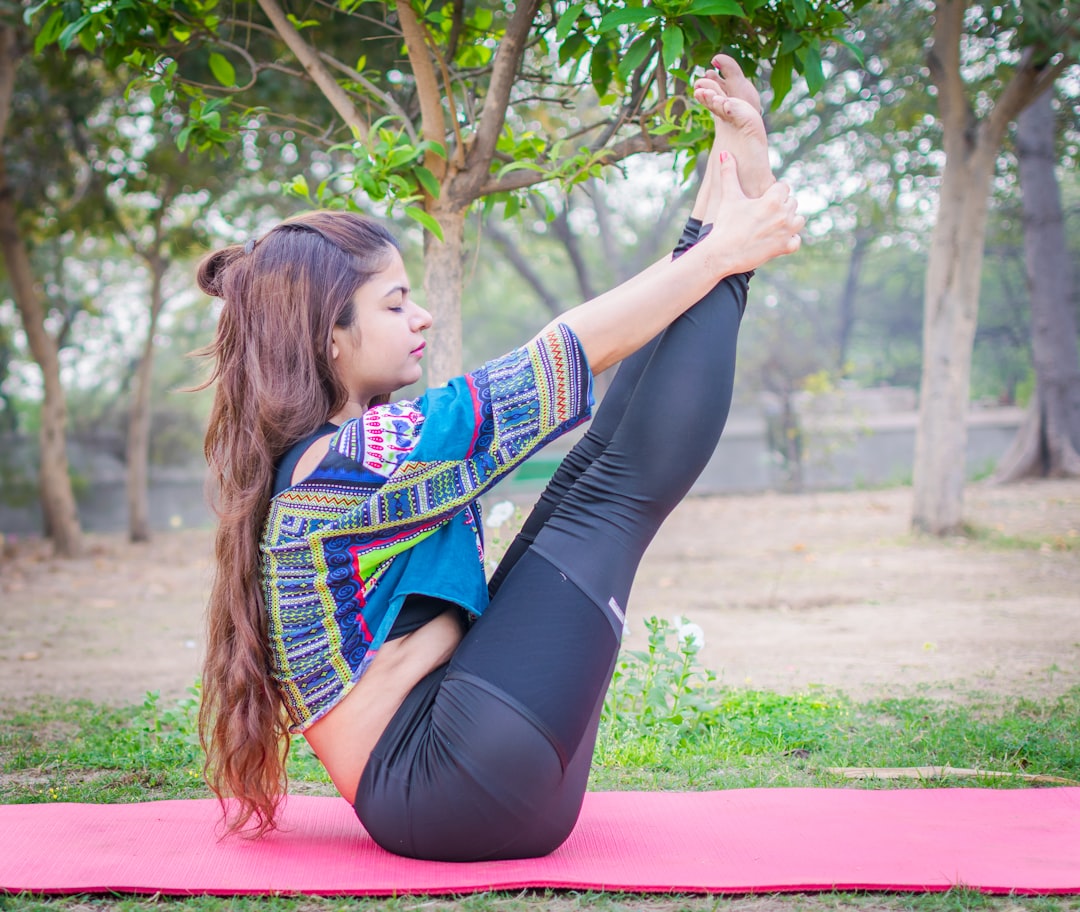Physical activity plays a pivotal role in shaping our overall health and well-being. In today’s fast-paced society, finding the right balance between work, leisure, and exercise can be challenging. However, incorporating regular physical activity into your daily routine can yield lifelong benefits that stretch far beyond physical fitness. This blog post explores the importance of physical activity for overall health and provides actionable tips on how you can find a fitness routine that aligns with your lifestyle and interests.
The Multifaceted Benefits of Physical Activity
1. Physical Health Improvements
Regular exercise is critical for maintaining a robust cardiovascular system, strong muscles, and healthy bones. Here are some key benefits:
-
Enhanced Cardiovascular Function: Regular activity helps strengthen your heart, improve circulation, and reduce the risk of heart disease.
-
Weight Management: Physical activity burns calories, which can help manage weight and reduce the risk of obesity-related conditions.
-
Strength and Flexibility: Resistance training and stretching can improve muscle tone, bone density, and overall flexibility, leading to better mobility and decreased risk of injury.
2. Mental and Emotional Well-Being
Exercise isn’t just about physical gains. It also has profound effects on mental health:
-
Stress Reduction: Physical activity triggers the release of endorphins, your body’s natural “feel-good” hormones, helping to reduce stress and anxiety.
-
Improved Mood: A consistent exercise regimen can combat symptoms of depression, elevate mood, and enhance overall mental clarity.
-
Enhanced Cognitive Function: Studies have shown that regular physical activity can improve memory, concentration, and problem-solving abilities.
3. Preventative Health Care
Incorporating exercise into your routine is one of the best ways to stave off chronic diseases:
-
Diabetes Management: Regular physical activity helps regulate blood sugar levels and improves insulin sensitivity.
-
Lowered Risk of Chronic Conditions: Consistent exercise reduces the likelihood of developing high blood pressure, certain types of cancer, and other chronic conditions.
Finding Your Fit: How to Choose the Right Physical Activity
Not everyone will thrive on the same type of exercise, and that's the beauty of fitness—there are countless ways to stay active. Here are some tips to help you discover what works best for you:
1. Assess Your Interests and Goals
Begin by considering what you enjoy and your specific fitness goals:
-
Enjoyment Factor: If you enjoy your exercise routine, you’re more likely to stick with it. Whether it’s dancing, cycling, swimming, or hiking, choose activities that make you smile.
-
Goal-Oriented: Determine if your goals are weight loss, muscle building, or simply increasing overall activity. Tailoring your routine to these objectives can drive motivation and long-term success.
2. Start Slow and Build Gradually
For those new to exercise or returning after a break, gradual progression is key:
-
Low-Impact Exercises: Begin with activities like walking, yoga, or cycling, and slowly increase the intensity as your fitness improves.
-
Consistency Over Intensity: Regular, moderate exercise is more beneficial in the long term than sporadic, intense workouts that might lead to injury.
3. Mix It Up
Variety can keep your fitness regimen exciting and well-balanced:
-
Cross-Training: Combine different types of workouts, such as cardio, strength training, and flexibility exercises, to target various aspects of fitness and prevent overuse injuries.
-
Social and Solo Options: Decide if you prefer the camaraderie of group classes or the quiet focus of solo workouts. Both have unique benefits, from community support to self-reflection.
4. Listen to Your Body
Pay attention to how your body feels during and after exercise:
-
Rest and Recovery: Ensure you allow adequate recovery time between workouts to prevent burnout and reduce the risk of injuries.
-
Adaptability: If you experience pain or extreme fatigue, adjust your routine. Finding the right balance requires a responsive approach to your body’s signals.
Tips for Staying Motivated
Even when you’re armed with the perfect activity, staying motivated over the long haul can be challenging. Here are some strategies to keep you moving:
-
Set Realistic Goals: Establish both short-term milestones and long-term objectives to mark your progress.
-
Track Your Progress: Use a journal or fitness app to record your activity and celebrate small victories.
-
Find a Workout Buddy: Exercising with someone else can provide accountability, encouragement, and a bit of friendly competition.
-
Reward Yourself: Recognize your efforts with non-food rewards that celebrate your progress—new workout gear, a massage, or a day off to relax.
Final Thoughts
Physical activity is a foundational element of overall health that benefits your body, mind, and spirit. By taking the time to find what you enjoy and gradually building a balanced routine, you’re investing in a healthier, happier future. Remember, every step counts—whether it’s a brisk walk in the park or a vigorous cycling session, you’re making strides toward improving your well-being.
Embrace the journey to better health with an open mind and a willingness to explore different forms of exercise. Your body is capable of more than you think, and finding your fit is the first step toward a vibrant, active lifestyle. Enjoy the process, and let every move empower you to lead a fuller, healthier life.

Comments
No comments yet. Be the first to comment!
You must be logged in to comment. Login